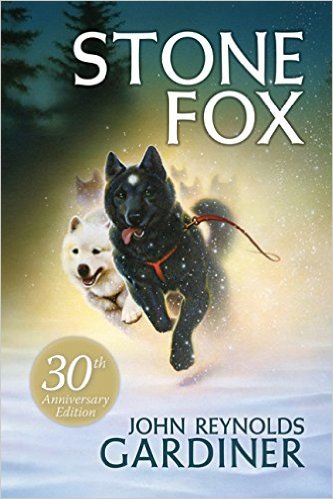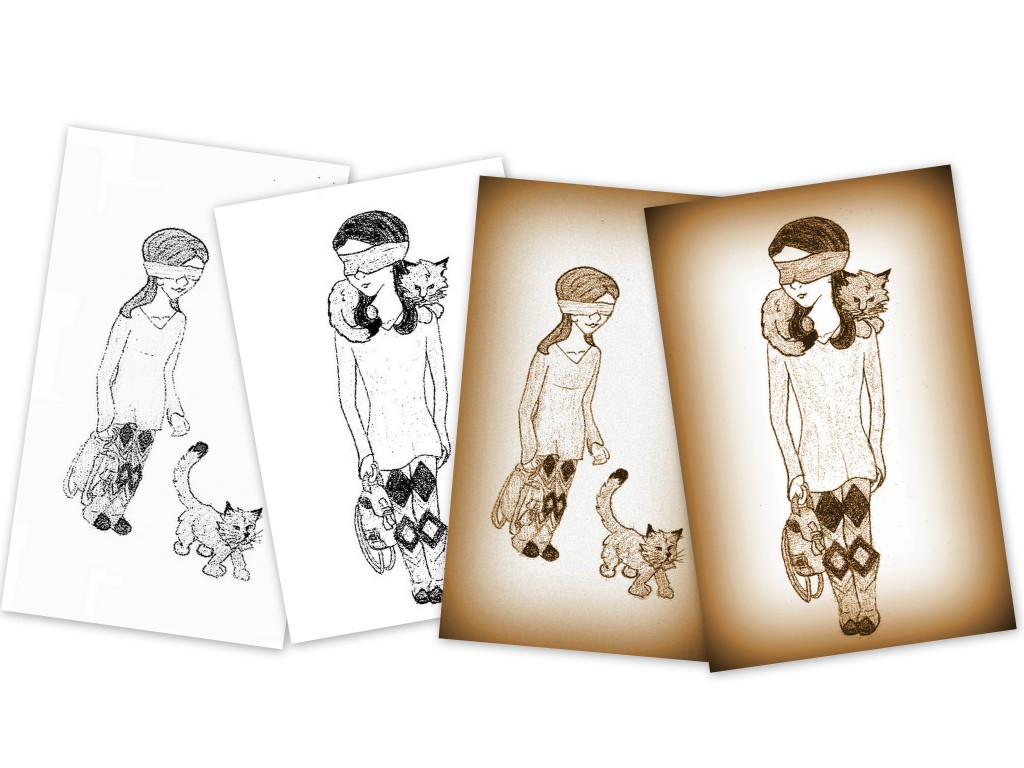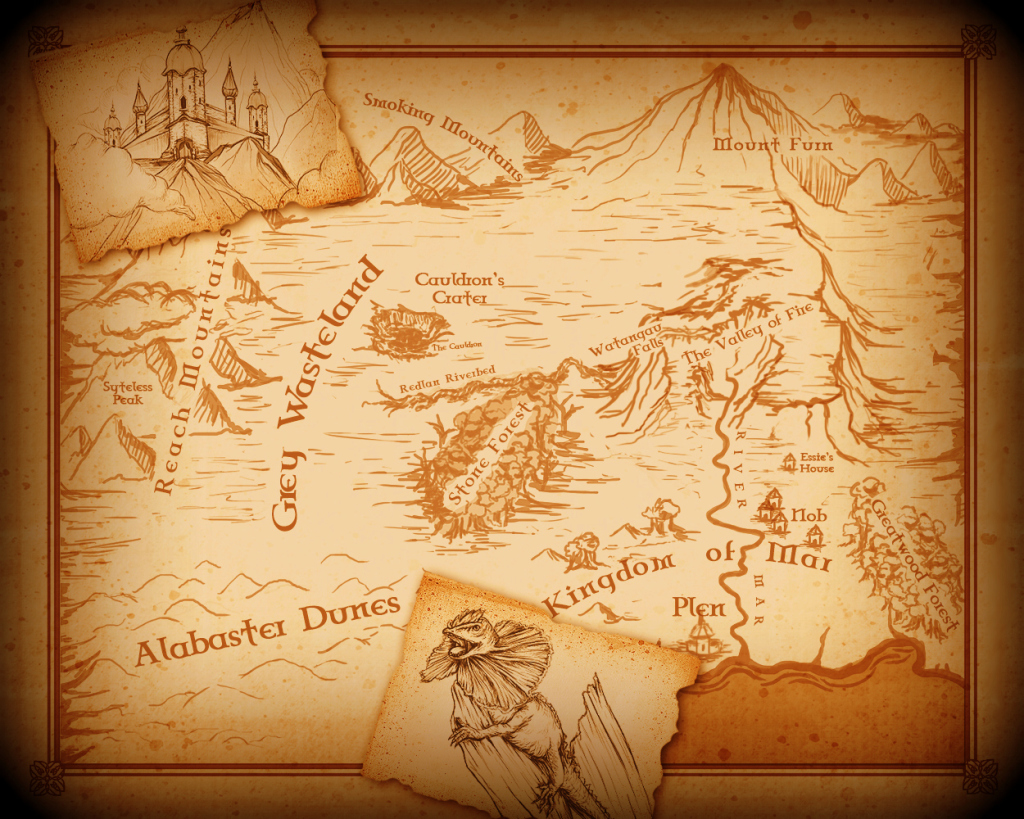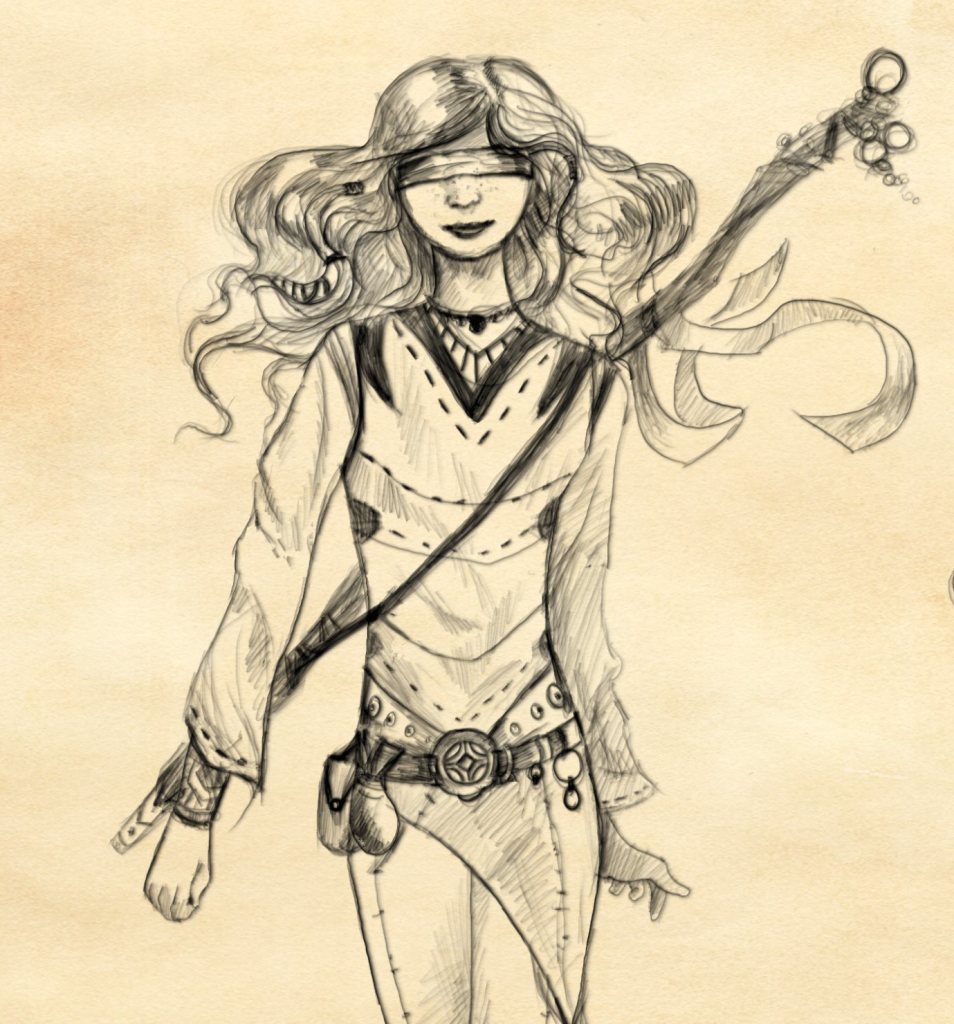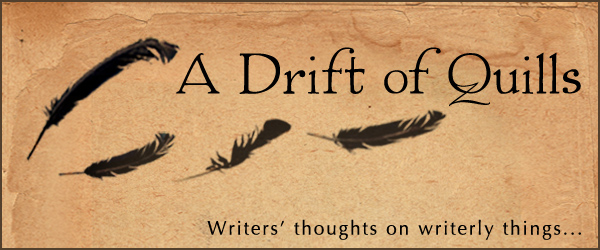
Imagine a busy journalist’s bullpen, with phones ringing, reporters talking, laughing and yelling, screens flashing, and papers occasionally flying. I can write there. A busy mall, with the flurry of shopping and eating. I can write there. A quiet office, with nothing but the occasional hum of the air conditioner or the click of the printer. I can write there. So long as the environment doesn’t demand my personal attention and intervention, I can write. (It’s harder to write at home with the boys running around my desk – they aren’t just noise. They necessitate intervention).
So when it comes to music, I can write to a lot of things. Pandora Radio might be tuned to a Mumford & Sons or Lumineers station, or country, or Christian radio. Like many writers, I do enjoy instrumental music. Something with a cello is sure to be listened to with favor.
Then there are a few select songs that I turn on, not as background noise, but as a part of my writing process. Songs that run through my blood and sometimes even shape the story as I go. Here they are, for your perusal and dissection, in no particular order, and with only minimal, if any, explanation. (And here’s the list on Spotify).
“The White Whale Chant” by Roque Baños
From the end credits of In the Heart of the Sea, this song has a sublime element to it. It evokes a longing, perhaps for something we’ve never even tasted, and I love that in either song or story. I think it would be a beautiful thing if some element of my own stories captured or provoked that longing in my readers.
“Now We Are Free” by Hans Zimmer & Lisa Gerrard
This song from Gladiator has this theme of longing combined with homecoming. You can feel both the end as well as a beginning in the music, and I love that it is tied to Elysium.
“Into the West” by Annie Lennox
From the end credits of the Return of the King this song is similar to “Now We Are Free,” in that it is a song of comfort for leaving this world. I love the lyrics here – the images and poetry is beautiful, and just listening to it I want my own writing to capture that beauty in the images I paint through word.
“Bethany’s Wave” by Marco Beltrami
From Soul Surfer, this captures that hope and longing I’ve been going on about above, but it includes hints of the cello, a choir and an incredible South Pacific vibe. What’s not to like?
“Moana” Soundtrack
So, we were supposed to name individual songs…but yeah. I had to throw this whole thing in there because I usually just play the whole thing. Disney did a great job with the Moana soundtrack, capturing the South Pacific chant, (those vocals, that harmony!) with an epic quality that is infused with the excitement and hope that we usually find in anything done by the Disney team. My stories often have some element of the epic, (particularly A Hero’s Curse), and the Moana soundtrack weaves that grandiose story through their music, but manage to keep it personal and close at the same time.
“Minstrel Boy” by Joe Strummer And The Mescaleros
This song is a ballad really – a story. I can’t do it justice here. I’ll note this: the first two lines introduce the minstrel boy’s ultimate demise—by introducing the minstrel’s death at the beginning, Moore (the song’s writer) immediately communicates this story is about more than one minstrel’s (or hero’s) death. The climax, (found in second stanza), will not be the death of our hero. As the audience we are set up to look for something greater even than the sacrifice of a hero.
I’ve written about this one extensively, so if you’re interested in more, leave a comment and I’ll link or post on Facebook!
“Storms In Africa” by Enya
Enya did such a good job painting a picture through music of the rain coming in on the desert with this one. The image stuck with me and shaped A Hero’s Curse. Ever since I’ve saved this one as the one to bring me back to that original world I created.
“Adiemus” by Adiemus
This one has a fun mix vocals, instrumental, epic and intimate. I enjoy the roller coaster it takes you on thematically – I can almost feel the story running through my veins.
I could go on. I love music and how it tells story, shapes other stories, and fills our own story. But let me step aside and point you toward the other esteemed writers of our group, who have some fun thoughts on the subject of writing to music.
 Robin Lythgoe
Robin Lythgoe
Author of As the Crow Flies
I write better when there is music playing.
I dream better.
Music is powerful stuff. Thanks to my mom and older sisters, I grew up listening to a wonderful variety of music. Sadly, not a one of us can play any instrument but the stereo. But just like with my reading and writing, I gravitated to certain genres of music.
When I’m writing, that selection narrows even further.
I need music with no words—unless the words are…
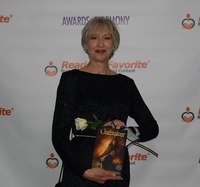 Patricia Reding
Patricia Reding
Author of Oathtaker
I thoroughly enjoy having music playing while I write. It can create such an emotional environment. Sometimes it’s presence makes for the difference between my simply feeling something internally as I write it—and actually laughing out loud—or perhaps even weeping. I find that my tastes tend . . .
 Parker Broaddus
Parker Broaddus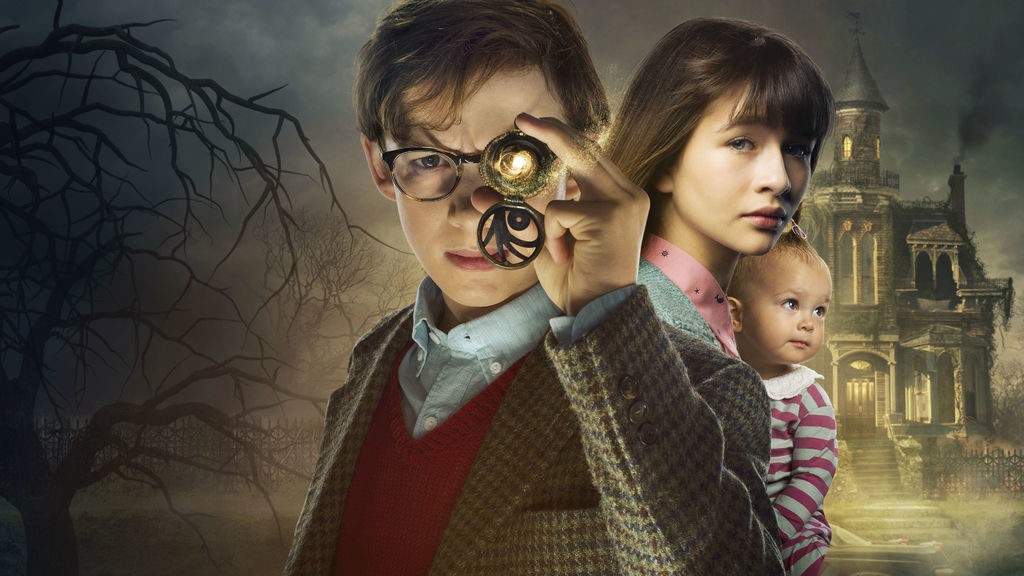 Baudelaire children have each other, even as everything around them is tragic and made near meaningless by a the ineptitude of adults.
Baudelaire children have each other, even as everything around them is tragic and made near meaningless by a the ineptitude of adults.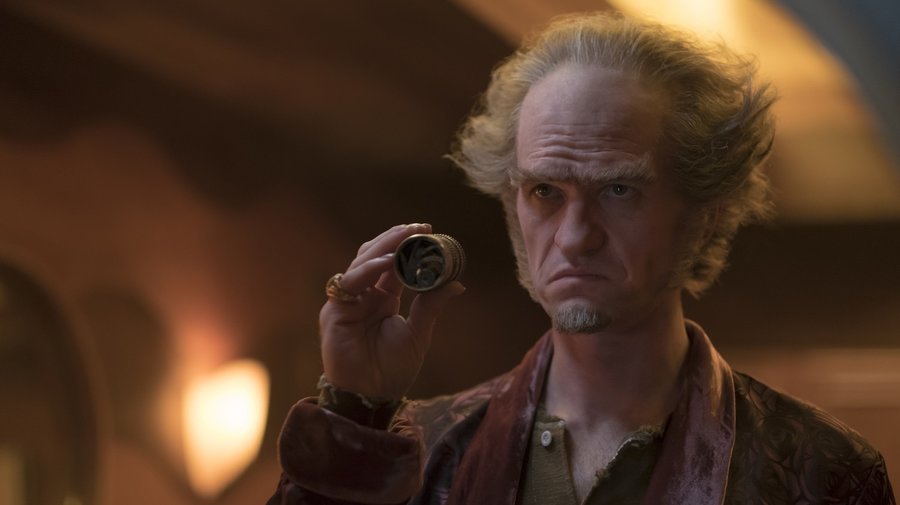 fewer and further between and even the comedy seemed somewhat lessened, as the writers kept pulling out the same jokes and gags we saw in the first few episodes.
fewer and further between and even the comedy seemed somewhat lessened, as the writers kept pulling out the same jokes and gags we saw in the first few episodes.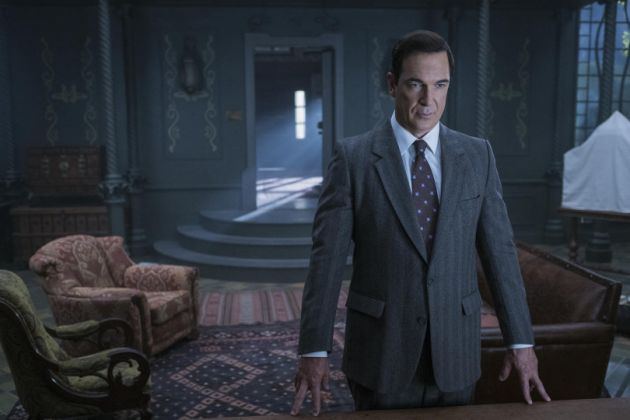 and nothing will work out. I began to realize that the wry humor of Lemony Snicket was not as wry as I had thought.
and nothing will work out. I began to realize that the wry humor of Lemony Snicket was not as wry as I had thought.